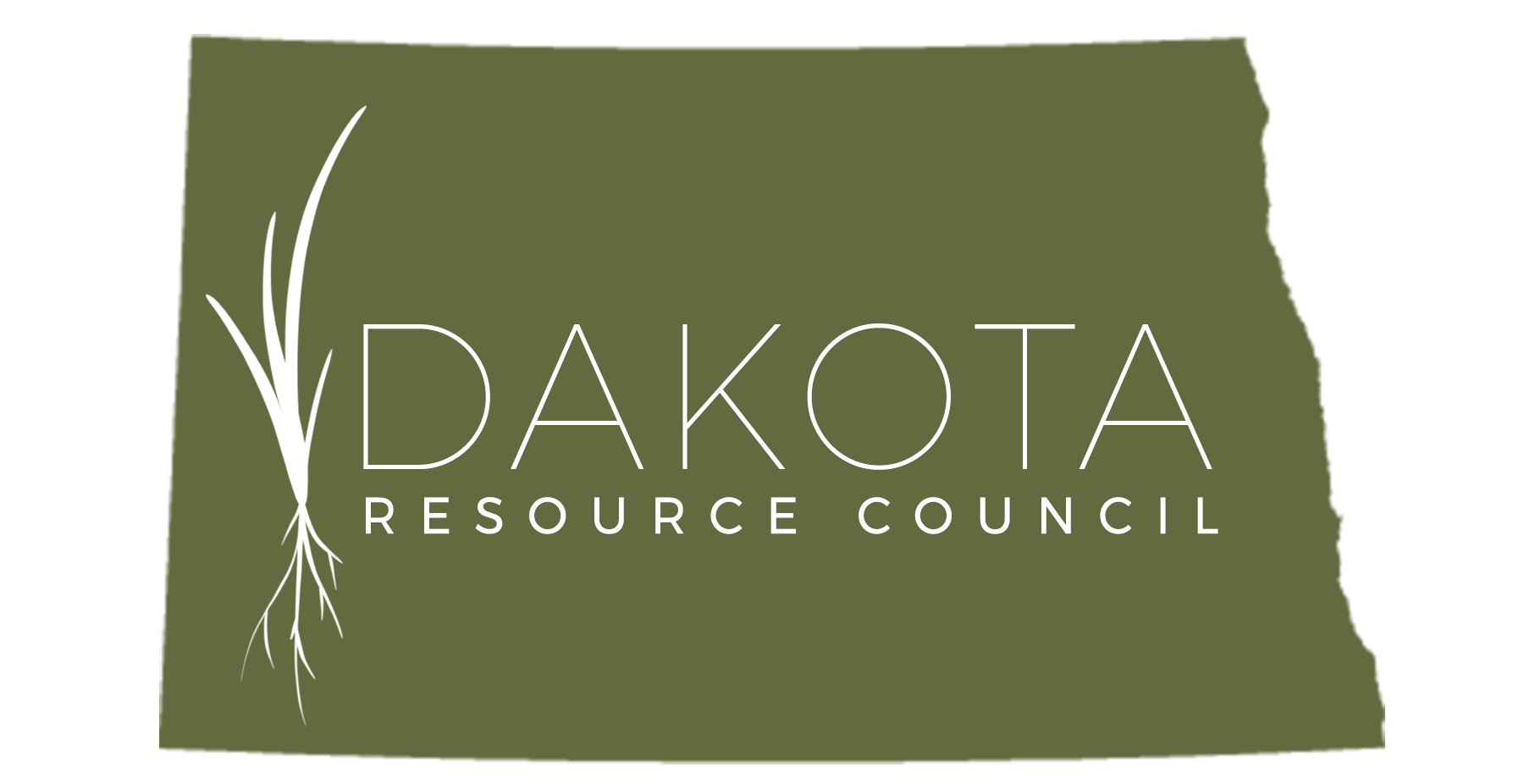[colored_box color=green]Crude oil poured from a ruptured pipeline into the icy Yellowstone River in Montana.[/colored_box]
Oil spills in Mont. river invite more scrutiny over pipeline regs
Two pipelines consecutively dumping 70,000 gallons of crude oil into Montana’s Yellowstone River within the past four years have sparked concerns over federal standards set for pipeline safety.
At least 39 gas and oil pipelines are buried fewer than 10 feet underneath the Yellowstone River. Federal regulations requires a minimum of 48 inches of soil to cover pipelines set in rivers 100 feet or wider.
The Yellowstone River’s wildly fluctuating channel flow, along with its tendency to cut deeper into its riverbeds, increases the danger of leaks into the water from shallowly buried pipelines.
Karen Boyd, a geomorphologist who has documented decades of change along the Yellowstone River, said that federal regulations fail to plan for site-specific issues.
“I guess my issue with the pipelines is that there are very general requirements for the pipelines, and it’s really hard to take into account all those things,” Boyd said.
However, pipeline companies in Montana have restyled plans to dig deeper for new pipelines near rivers.
“Obviously, we’re in the business of transporting petroleum, and that’s a responsibility, one we take real serious,” said Mike Stahly, pipeline safety manager in the Montana-based energy outfit CHS Inc. “We need to take care of the public and the environment, and obviously leaks on the Yellowstone aren’t acceptable” (Tom Lutey, Casper [Wyo.] Star-Tribune/Billings Gazette, April 5). — KS

